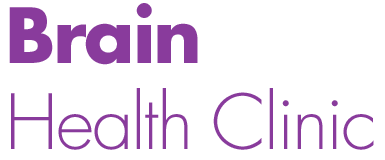
Part 5 of a Five-Part Series on Neurofeedback Therapy
All of the four stages we discussed in previous blog articles about the neurofeedback therapy process are designed to lead to the final stage: personally experiencing the benefits of neurofeedback. The interviews, diagnostic tests, brain mapping, study, research, and consultations are designed to gather as much data as possible to start a client’s brain training with educated and targeted steps. The ultimate goal is to help the brain become more efficient so you can act, think, and feel better.
A Typical Brain Training Session
Using the personalized treatment plan specifically prepared for each client, our technician readies the neurofeedback equipment. During the session, you wear an electrode cap like the one used for the qEEG brain mapping. Again, your hair is not shaved, there are no pins or needles, and no gels are needed for the electrodes. Each session takes about 50 minutes.
During neurofeedback, you are seated in a chair. You select a visual stimulus that will appear on a television monitor and react to your brainwave activity. As you watch the TV monitor and react to what you see, the technician pays attention to the results and adjusts the treatment accordingly. Someone is with you to observe your progress the entire time. At the end, most clients feel calm, or a little sleepy. Others are energized by the experience.
Completing Neurofeedback Therapy
A typical course of neurofeedback treatment features forty or more sessions. The Brain Health Clinic recommends 2 to 3 sessions per week, either in our Sacramento clinic or conducted remotely. Before each session, you are asked about any changes in symptoms or in the way you are feeling and thinking. After every 10 to 15 sessions we recommend additional brain mapping to verify progress. When your initial complaints are relieved via neurofeedback, your sessions are concluded.
In this series of articles we discussed the five steps in the typical neurofeedback process: the clinical interview, diagnostic assessment, brain mapping, a findings report and consultation, followed by the actual neurofeedback sessions. If these articles have made you curious about what neurofeedback can do for you, contact the Brain Health Clinic for a free consultation. We look forward to helping your brain feel brilliant!
